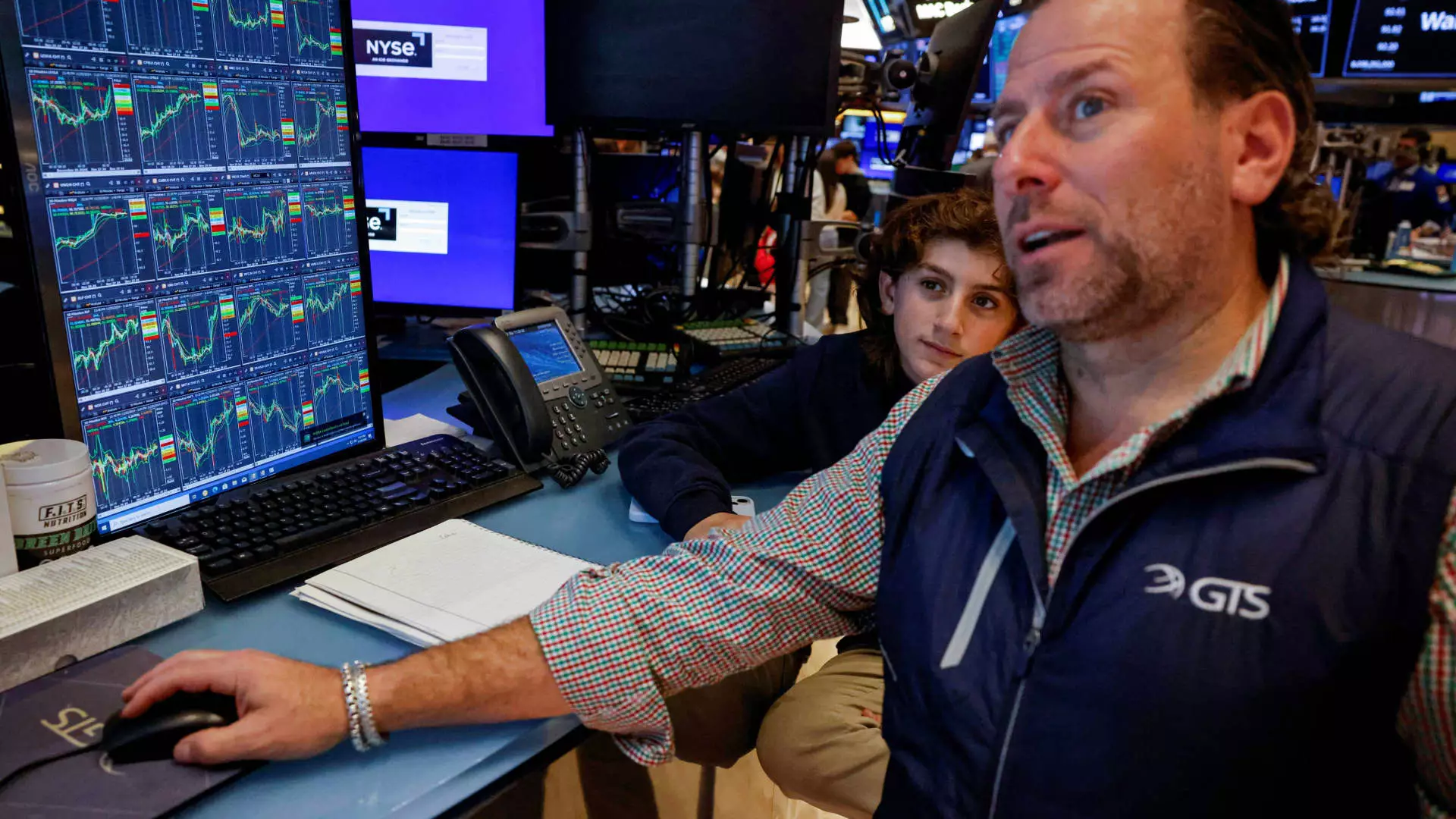As the Federal Reserve approaches its next meeting, the anticipation surrounding potential interest rate cuts remains palpable, particularly in light of the recently released inflation data. The consumer price index (CPI) experienced a 0.3% increase month over month and a year-on-year rise of 2.7% in November, as reported by the Bureau of Labor Statistics. While these figures are in line with forecasts from Dow Jones, they nonetheless reflect a minor uptick in inflation compared to the previous month’s data. Core CPI, which excludes the often erratic food and energy prices, also increased by 0.3% from October and maintained a slightly higher annual growth of 3.3%. This persistent inflation, albeit mild, raises essential considerations for economists and policymakers alike.
The rise in inflation signals that while progress is being made towards controlling price levels, the journey is far from complete. Economists are recounting these indicators as significant benchmarks that help shape future monetary policies, specifically regarding interest rate adjustments by the Fed.
Market participants and analysts have been interpreting this inflation report as a green light for the Federal Reserve to enact another 25 basis point reduction in interest rates. Josh Hirt, a senior economist at Vanguard, emphasized that the CPI data aligns with broader market expectations, suggesting that the Fed’s next move will likely be cut rates once again. However, he underscored the importance of closely monitoring the labor market’s health and the inflationary pressures that could emerge, especially in sectors such as housing and services as we transition into 2025.
Whitney Watson from Goldman Sachs Asset Management echoed this sentiment, positing that the core inflation figures provide a stabilizing backdrop for upcoming decision-making. She noted that the Fed would likely enter the holiday season with a reinforced confidence in its disinflation strategy, suggesting a calibrated approach in the New Year. Her analysis highlights a critical balancing act—the necessity to promote economic growth while pushing back against inflation pressures.
Despite these reassurances, the ongoing rise in core CPI raises concerns among financial analysts. Alicia Levine from BNY Wealth noted that although room exists for further cuts, there is an undeniable trend where core inflation has consistently increased by 0.3% month over month for four consecutive months. This persistence hints at potential structural inflation components that require vigilant observation as time goes on.
Peter Boockvar, the chief investment officer at Bleakley Financial Group, raised alarms regarding the stagnation of core CPI between 3.2% and 3.3% year-on-year for half a year. He indicated that while rental price growth may slow down, capping service price inflation, core goods prices might be nearing a nadir, setting the stage for unpredictable fluctuations in future inflationary pressures. These insights suggest a complex intersection of factors that the Fed must navigate to achieve its dual mandate.
As Wall Street digests this inflation data, strategists believe the Fed’s likely monetary policy moves could ignite further market volatility. Skyler Weinand from Regan Capital advocated for cautious optimism, suggesting that while recent trends have paved the way for expected rate cuts, the underlying inertia of inflationary pressures remains a challenge for the Fed in 2025.
In the backdrop of all this economic data, corporate sector performances continue to gain attention. Analysis from Citi pointed out Take-Two Interactive as a standout stock for 2025, highlighting the company’s promising game release slate, notably the highly anticipated “Grand Theft Auto VI.” The intersection of consumer sentiment and corporate performance underscores the nuanced economic landscape that investors must navigate, particularly during periods of evolving monetary policy.
While the Federal Reserve appears poised to continue its cutting campaign in light of the latest inflation statistics, the road ahead remains fraught with uncertainty. Economists and investors alike are left to ponder whether the upward trend in core inflation signals challenges yet to be confronted, or if the Fed’s strategy will successfully steer the economy toward stability in 2025 and beyond.


Leave a Reply